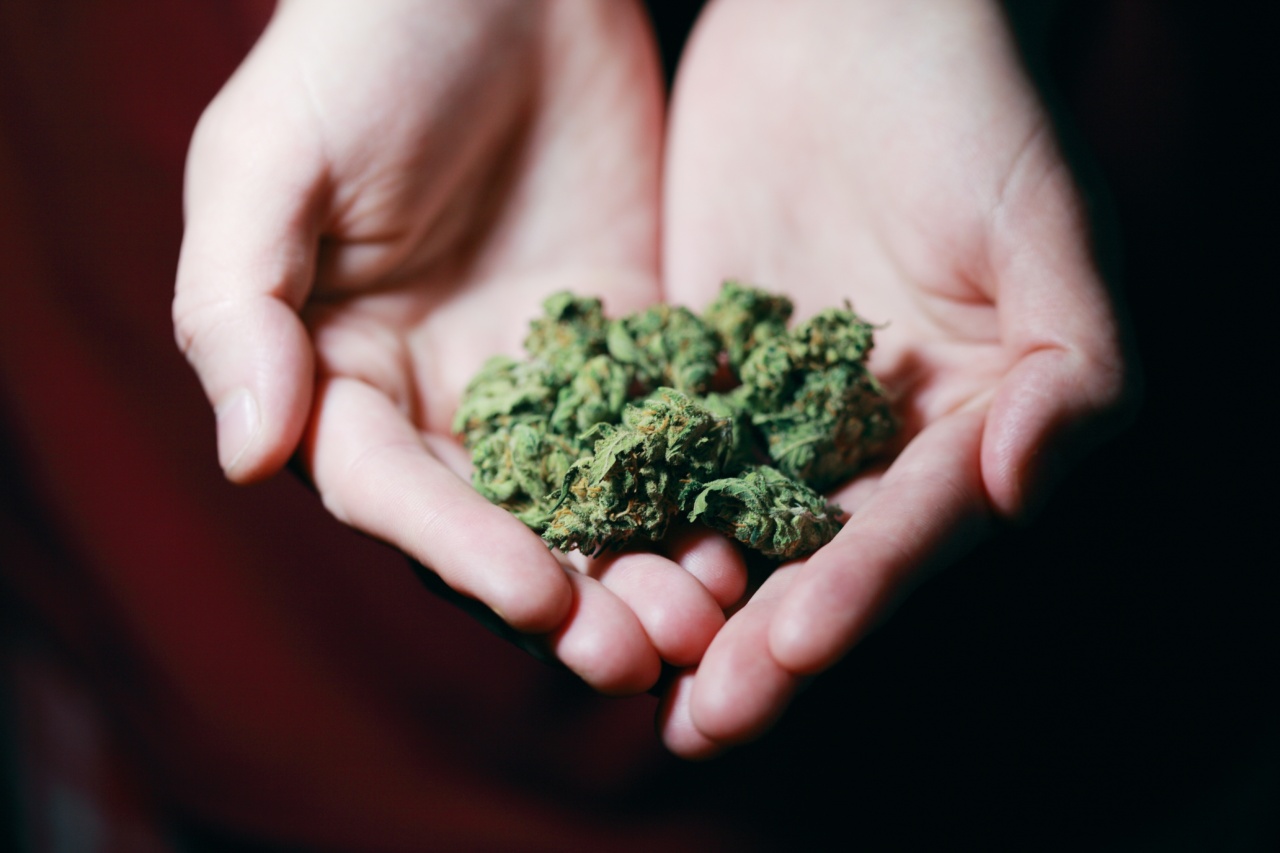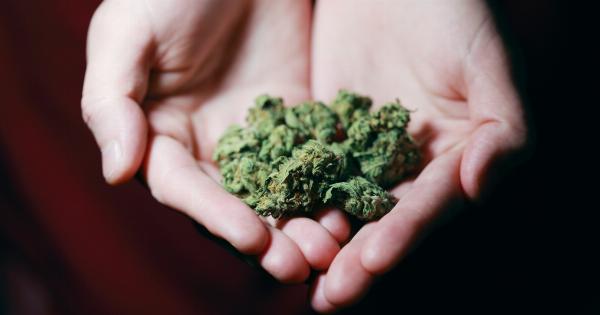Joint pain is a common physical condition that affects millions of people around the world. While it commonly occurs in older adults, young people and even children can experience joint pain due to various factors.
Joint pain typically involves discomfort, aches, and soreness in the joints and may be accompanied by other symptoms such as swelling, stiffness, and a reduced range of motion. It can affect any joint in the body including the knee, hip, shoulder, wrist, and ankle.
Types of Joint Pain
There are several types of joint pain, each with its specific causes and treatment methods. Some of the common forms of joint pain include:.
1. Osteoarthritis
Osteoarthritis is the most common type of joint pain, affecting millions of people worldwide. It is caused by the wear and tear of the cartilage that cushions the joint and results in painful bone-on-bone rubbing.
Osteoarthritis can occur in any joint but is most common in the hip, knee, and hand joints.
2. Rheumatoid Arthritis (RA)
Rheumatoid arthritis is an autoimmune disorder that causes inflammation of the joints, resulting in pain, swelling, and stiffness.
RA typically affects the smaller joints in the body such as the hands and feet but can also affect the knees, hips, shoulders, and elbows.
3. Gout
Gout is a type of arthritis that occurs when there is an excess production of uric acid in the body, leading to the formation of needle-like crystals in the joints.
This leads to sudden and severe episodes of joint pain, swelling, and redness, typically occurring in the big toe.
4. Bursitis
Bursitis occurs when the bursae, fluid-filled sacs that cushion the joints become inflamed, leading to pain, swelling, and stiffness.
5. Tendinitis
Tendinitis occurs when the tendons that connect muscles to bones become inflamed, leading to severe pain, swelling, and stiffness in the affected joint.
What Causes Joint Pain?
Joint pain can be caused by various factors, including:.
1. Injury
Injuries to the joints, bones, or muscles can lead to joint pain. They can be a result of falls, accidents, or playing sports.
2. Arthritis
Arthritis, both osteoarthritis, and rheumatoid arthritis can cause joint pain and stiffness.
3. Infection
Bacterial or viral infections such as Lyme disease can cause joint pain.
4. Overuse
Overuse of joints can lead to repetitive strain injuries, tendinitis, and bursitis.
5. Aging
As we age, our joints tend to wear down, leading to joint pain.
How is Joint Pain Diagnosed?
To determine the cause of joint pain, the doctor may carry out various tests, including:.
1. Physical Exam
A physical exam involves inspecting the joints for swelling, redness, and tenderness. The doctor may also ask questions about the symptoms and medical history.
2. Blood Tests
These tests are carried out to check for the presence of antibodies and other markers of inflammation that may indicate the presence of arthritis or infection.
3. Imaging Tests
Tests such as X-rays, CT scans, and MRI scans can be used to check for joint abnormalities and damage.
Joint Pain Treatment
The treatment of joint pain depends on the underlying cause. Some of the common methods used in the treatment of joint pain include:.
1. Pain Relief Medication
Non-steroidal anti-inflammatory drugs (NSAIDs) such as ibuprofen and aspirin are typically used to relieve joint pain and swelling.
2. Corticosteroids
Corticosteroids are powerful medications that can be injected into the joint to reduce inflammation and relieve pain.
3. Physical Therapy
Physical therapy involves exercises and stretches that help reduce joint pain and strengthen the muscles around the affected joint.
4. Surgery
In severe cases, joint replacement surgery may be necessary to replace the damaged joint with a synthetic one.
Conclusion
Joint pain can significantly affect your quality of life, making it difficult to engage in regular activities and affecting your mood.
It is vital to seek medical help if you experience joint pain, as early detection can help with early intervention and prevent the progression of joint damage. In addition, a healthy diet, regular exercise, maintaining a healthy weight, and reducing stress can help reduce the risk of developing joint pain.






























